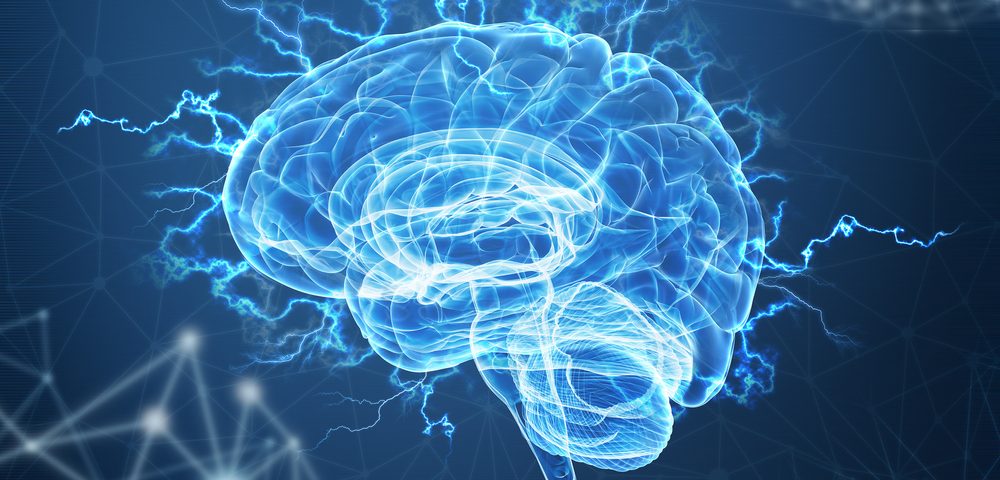Brain’s Waste Removal System Could Improve Delivery of Therapies to Brain, Study Suggests

The brain’s waste clearance pathway, known as the glymphatic system, could enable more efficient delivery of therapeutics into the brain for the treatment of disorders such as amyotrophic lateral sclerosis (ALS), Alzheimer’s, Parkinson’s, and brain cancer, according to a study.
The study, “Transcranial optical imaging reveals a pathway for optimizing the delivery of immunotherapeutics to the brain,” was published in the journal JCI Insight.
Despite positive results in preclinical studies of antibodies for the treatment of various central nervous system disorders such as ALS, their insufficient ability to reach the brain has been a major roadblock for success in clinical trials.
Potentially therapeutic antibodies are most commonly delivered via intravenous infusion to avoid the complications associated with targeting the cerebrospinal fluid (CSF), the liquid surrounding the brain and the spinal cord. However, their reduced capacity to pass the blood-brain barrier leads to the use of much higher doses than those needed for peripheral tissues, which raises the occurrence of adverse events.
Treatment delivery via the CSF has shown some promise in previous Alzheimer’s preclinical studies, where direct CSF delivery of an antibody against amyloid-beta (the prominent protein in senile plaques) lowered the therapy’s required dosage and prevented the side effects seen with intravenous infusion.
Using a mouse model, researchers from the University of Rochester Medical Center (URMC) are now looking at whether the glymphatic system, which pumps CSF through the brain and flushes waste away, could improve delivery of therapies into the brain.
The glymphatic system is a bulk flow pathway, which means that molecules are transported due to a pressure gradient. It is found along the perivascular space, a fluid-filled cavity surrounding arteries. Prior studies showed that the glymphatic system works primarily during sleep and is impaired in aging.
Delivery of CSF fluorescent tracers in the mice was assessed with noninvasive transcranial optical imaging.
Using hypertonic saline, a frequent treatment to lower intracranial pressure in patients with traumatic brain injury, led to a nearly threefold increase in tracer entry, without disrupting the blood-brain barrier. This approach induces an ion imbalance, which pulls CSF out and causes new CSF delivered by the glymphatic system to flow in.
The scientists also observed that using hypertonic saline overrode the inhibition of glymphatic transport when mice were awake and reversed the system’s suppression in a mouse model of Alzheimer’s. Importantly, hypertonic saline also increased the delivery of an anti-amyloid-beta antibody, leading to its brainwide distribution and a fivefold increase in the antibody binding to senile plaques, at doses lower than what was used in previous studies.
“Thus, manipulation of glymphatic activity may represent a novel strategy for improving penetration of therapeutic antibodies to the CNS,” the scientists wrote.
Besides antibodies, the researchers believe this approach may also improve the delivery of small molecules and gene therapies.
“The findings of this study demonstrate that the brain’s waste removal system could be harnessed to transport drugs quickly and efficiently into the brain,” Maiken Nedergaard MD, the study’s senior author and co-director of URMC’s Center for Translational Neuromedicine, said in a press release. Nedergaard’s team first discovered the glymphatic system in 2012.






